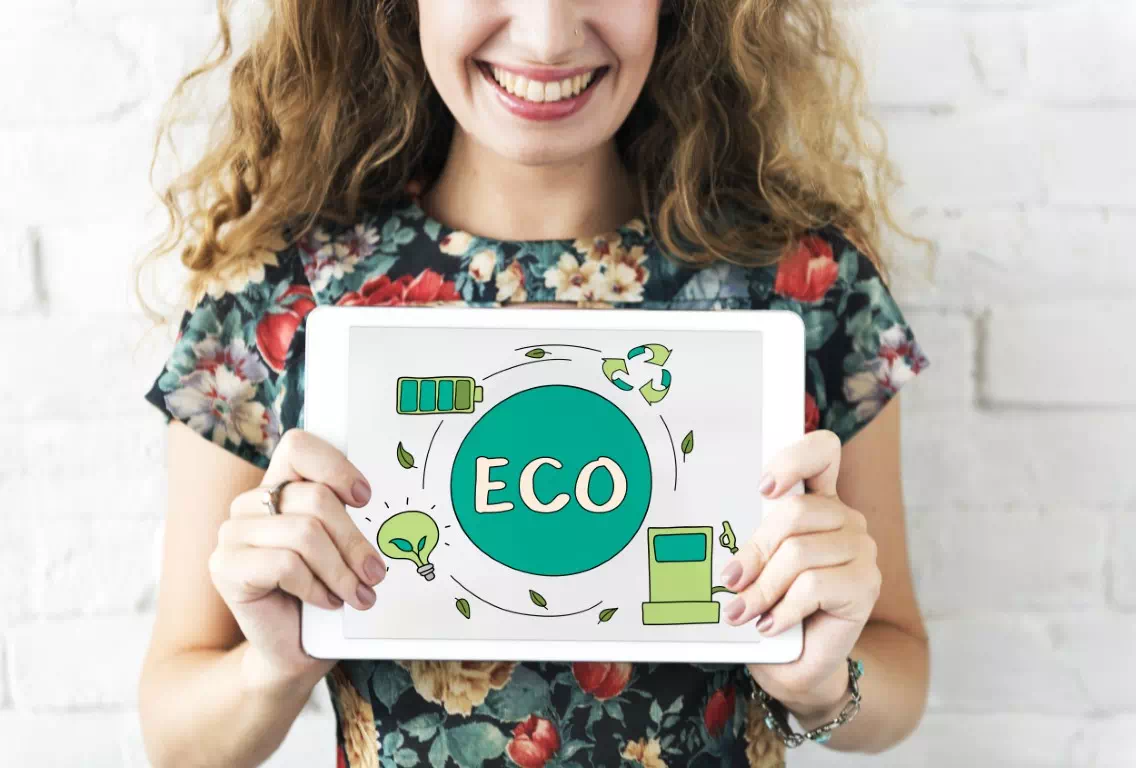Understanding the complexity behind “green comms”

Communication strategists play a crucial role in fostering understanding, transparency and engagement around sustainable innovation projects. A recent Eurobarometer survey shows that 85% of Europeans see climate change as a serious problem; 81% support carbon neutrality by 2050; and nine in 10 want the EU to increase efforts on renewable energy. But these encouraging numbers tell only part of the story, where growing ecological backlash and persistent “Not in My Backyard” attitudes mean that even well-intentioned initiatives often face strong resistance.
Communicating on so-called “green projects” therefore demands far more than slick visuals or catchy slogans. It requires deep, cross-sector knowledge, strong pedagogical skills, and the creativity to make complex ideas accessible to non-experts. It also involves navigating greenwashing risks and addressing the externalities inherent in any transition project – not to mention a specific attention to the local and cultural context.
Discover below LGI’s insights on how to leverage communication skills to amplify the impact of sustainable innovation projects.
Translating complex concepts into easy-to-understand content
Noisy Planet, LGI’s internal agency for communication and design, specialises in reconciling innovation and sustainability. As innovation often involves highly technical projects packed with scientific details (making them difficult to explain clearly and compellingly), here are three tips for crafting engaging, accessible content:
1. Find the right balance between accuracy and accessibility.
- Set aside scientific or technical details that aren’t essential for understanding the project. Identify the information that truly matters for non-expert audiences and translate it into clear, accessible language without compromising accuracy.
2. Start simple to ease into complexity
- Begin with clear, simple explanations of the project’s ambition and the challenges in the field. These are far more effective when supported by concrete, relatable examples. For instance, in a project on critical raw materials, noting that a smartphone contains at least 15 of them, as explained by ADEME, instantly makes the topic more tangible for any audience.
3. Use fun and engaging formats
- No matter how serious the topic, fun and interactive content always increases outreach and impact. A quiz, a short video, or a comic strip will take your message much further than a 100-page scientific report.

Acknowledging and addressing externalities in transition projects
Sustainable innovation projects are designed with a simple ambition: reduce negative externalities to zero. But in reality, many technologies are still maturing, and the journey toward net-zero outcomes is far from complete. Sometimes, innovative projects may not yet be green, but simply greener. This gap creates a significant communication challenge.
To earn public trust, project leaders must address legitimate concerns while demonstrating the initiative’s value - and transparency is the cornerstone of that effort.
Here are LGI’s insights to address this challenge:
- Define the scope with precision.
Be clear about what the project does - and just as importantly, what it doesn’t do. Distinguish it from more invasive or higher-impact alternatives so audiences can understand its relative footprint. - Stay factual to avoid greenwashing.
Use balanced, evidence-based messaging and be upfront about trade-offs. Choosing the right language matters. For instance, explaining the difference between sustainable and responsible mining can help set accurate expectations. - Emphasise why the project matters.
Show how the initiative contributes to broader ecological, social, or economic transitions. Framing its necessity and relevance helps audiences connect individual technologies to systemic change.
Navigating the context of the project
Working on international and intercultural projects requires a deep understanding of the social, cultural and historical context at different levels - local, regional and national. Being sensitive to the specific context(s) in which the project is set is key to ensure that messages are aligned with the project’s objective and are tailored to the relevant target audience, while helping prevent diplomatic missteps or backlash.

The SUN4Ukraine project, supporting Ukrainian cities in their transition toward climate neutrality amid ongoing conflict, is a relevant example. External communications are highly sensitive and closely scrutinised due to the tense geopolitical context. Beyond careful wording and thoughtful use of visuals, the challenge is addressing a green transition and carbon neutrality in a setting where these issues, understandably, are not immediate priorities. To navigate this, the project frames climate action as integral to the country’s resilience and reconstruction, emphasising tangible benefits across sectors for all Ukrainians, while also exposing the climate and social impact of the war.
For more insights on how we are communicating on the SUN4Ukraine project or others, feel free to reach out to our communication team or browse our references!
Marion GONZALES
Communication Officer
Meet me on LinkedIn
This article is based on a report by Oleksandra Borysenko, Communication intern at LGI. AI-supported editing was applied to enhance readability. The views and opinions expressed in this blog post are solely those of the original author(s) and/or contributor(s). These views and opinions do not necessarily represent those of LGI or the totality of its staff.